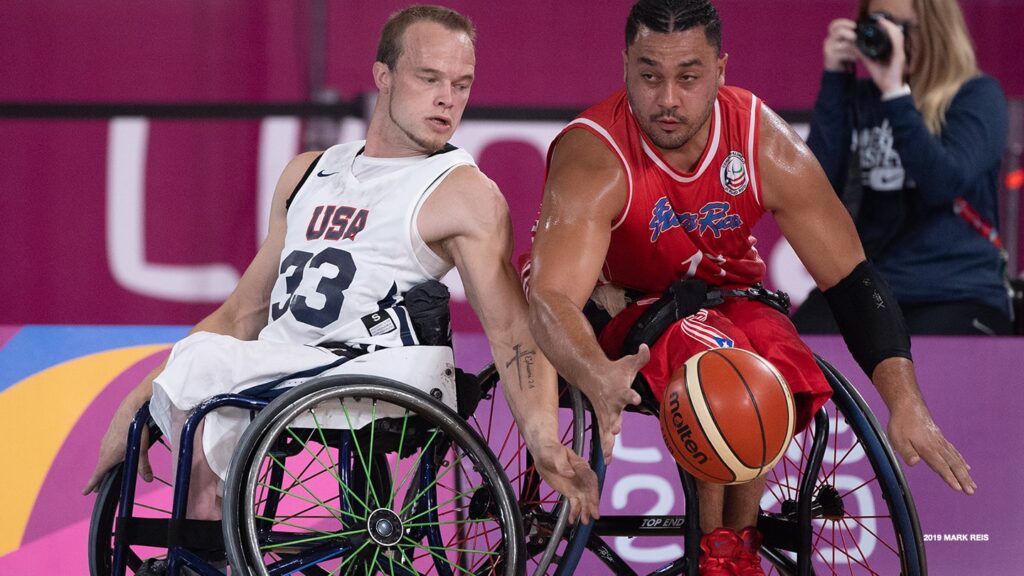wheelchair basketball paralympics: has become one of the most exciting and competitive sports at the Paralympics. Known for its fast pace, strategic plays, and athletic intensity, it draws significant attention from sports enthusiasts and fans around the globe.

The journey of wheelchair basketball in the Paralympics is not just about sportsmanship, but also about resilience and the human spirit.
History and Evolution
The introduction of wheelchair basketball to the Paralympics dates back to the first Paralympic Games in Rome in 1960. This inclusion marked a turning point, showcasing how adaptive sports could offer elite athletes with disabilities a platform for competition on the world stage.
Initially, only men competed in the event, but by the 1968 Games in Tel Aviv, women’s wheelchair basketball was also added, broadening the scope of competition and inclusion.
Over the years, wheelchair basketball at the Paralympics has evolved, with improvements in technology, training, and coaching. This evolution has led to faster gameplay, more strategic approaches, and a higher level of competitiveness, making the sport a staple of the Paralympic Games.
Rules and Gameplay
Wheelchair basketball largely follows the same rules as traditional basketball, with a few adaptations to accommodate athletes using wheelchairs. The court dimensions, basket height, and scoring system are the same.
However, athletes must dribble the ball after every two pushes of their wheelchair, adding a unique element of skill and coordination. The sport is played in two halves, each lasting 20 minutes, and teams consist of five players on the court at any given time.
Classification is a critical aspect of the game, ensuring fair competition. Athletes are classified based on their physical abilities, with point values ranging from 1.0 (for athletes with the least physical function) to 4.5 (for athletes with the most physical function).
A team on the court cannot exceed a combined total of 14 points, making team selection a strategic element of the game.
Notable Paralympic Performances
Wheelchair basketball at the Paralympics has seen many iconic moments. Countries like the United States, Canada, Australia, and the Netherlands have traditionally been powerhouses in both men’s and women’s competitions. These nations have produced some of the sport’s most celebrated athletes.
In recent Paralympic Games, the level of competition has intensified, with many emerging nations challenging the traditional powerhouses. The Tokyo 2020 Paralympics, held in 2021 due to the COVID-19 pandemic, was a testament to the growing global interest in the sport.
The United States’ men’s team claimed their second consecutive gold medal, while the Dutch women’s team won their first-ever Paralympic gold in wheelchair basketball.
The Impact Beyond the Court
Wheelchair basketball at the Paralympics is more than just a sport; it is a symbol of empowerment and inclusion. For athletes, the sport offers a platform to demonstrate their skills and compete at the highest level.
For fans and viewers, it is an opportunity to witness extraordinary athleticism and celebrate the triumphs of individuals overcoming adversity.
The impact of wheelchair basketball reaches beyond the Paralympic Games, influencing the development of adaptive sports programs worldwide. It encourages greater awareness of the abilities of athletes with disabilities and fosters a more inclusive sporting culture.
Conclusion
Wheelchair basketball at the Paralympics continues to inspire and captivate audiences worldwide. With its rich history, intense competition, and profound impact, the sport remains a cornerstone of the Paralympic movement.
As it evolves, it continues to highlight the incredible talents of its athletes and the enduring spirit of the Paralympics.
